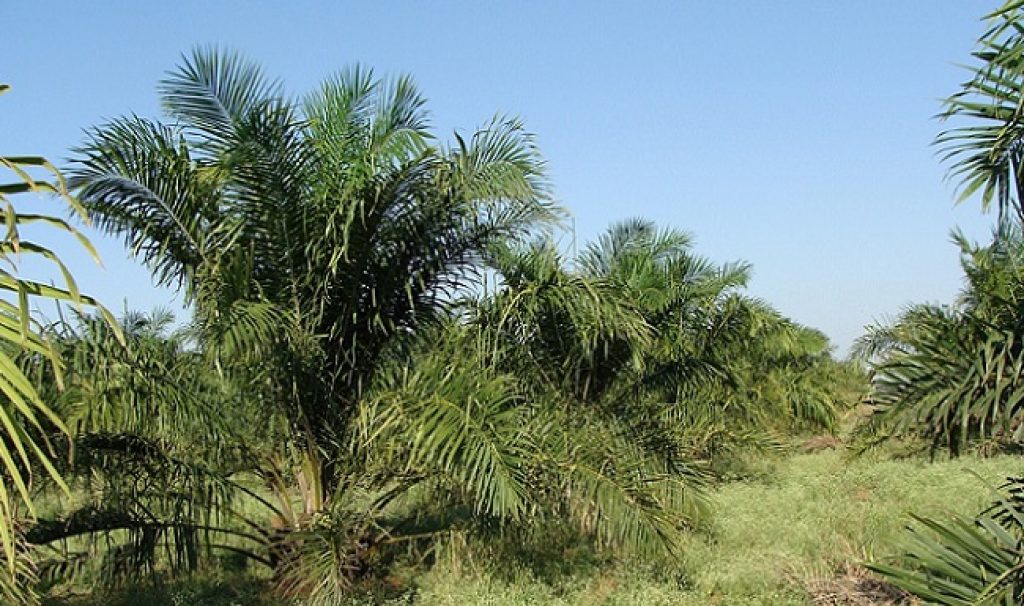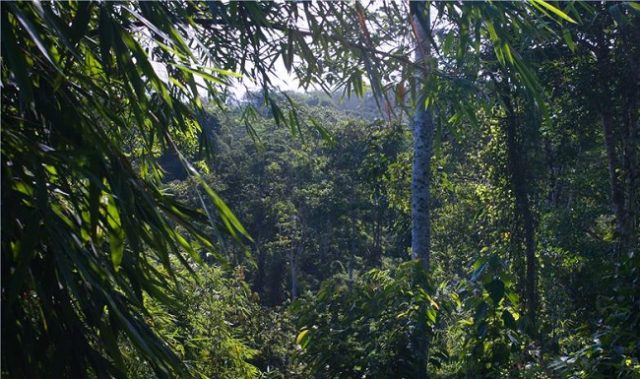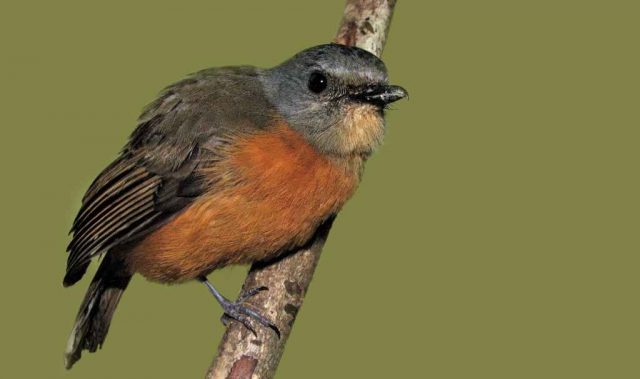
AsianScientist (Aug. 25, 2016) – 11 out of 14 ecosystem functions showed a net decrease due to oil palm cultivation, some with an irreversible global impact, according to a study published in Biological Reviews.
Oil palms are now grown throughout the humid tropical lowlands, with Indonesia and Malaysia together accounting for about 85 percent of global crude palm oil production. So far, research on the environmental impact of oil palm cultivation has been scattered and patchy.
A team of scientists from Bogor Agricultural University in Indonesia, together with their colleagues from the University of Göttingen and the Helmholtz Center for Environmental Research in Germany, set out to perform a multidisciplinary assessment of all ecosystem functions in oil palm plantations as compared to lowland forests.
Drawing from about 1,000 scientific studies and reports, the research team put together a balanced report on the changes in all 14 ecosystem functions, including gas and climate regulation, water regulation and supply, moderation of extreme events, provision of food and raw materials, as well as medicinal resources.
While the provision of food and raw materials increased due to the production of marketable goods, most of which is palm oil, all other functions showed a net decrease.
The largest negative effects occur at the stage of forest clearing, indicating that oil palm plantations should only be established on already-converted landscapes. In particular, peatlands should be avoided at all costs, as large amounts of carbon dioxide are released—with dramatic, long-lasting and almost irreversible effects.
Finally, the study also detailed mitigation options that can reduce damage and benefit multiple ecosystem functions simultaneously, such as the use of cover crops, mulch and compost.
The article can be found at: Dislich et al. (2016) A Review of the Ecosystem Functions in Oil Palm Plantations, Using Forests as a Reference System.
———
Source: Helmholtz Center for Environmental Research; Photo: Pixabay.
Disclaimer: This article does not necessarily reflect the views of AsianScientist or its staff.












